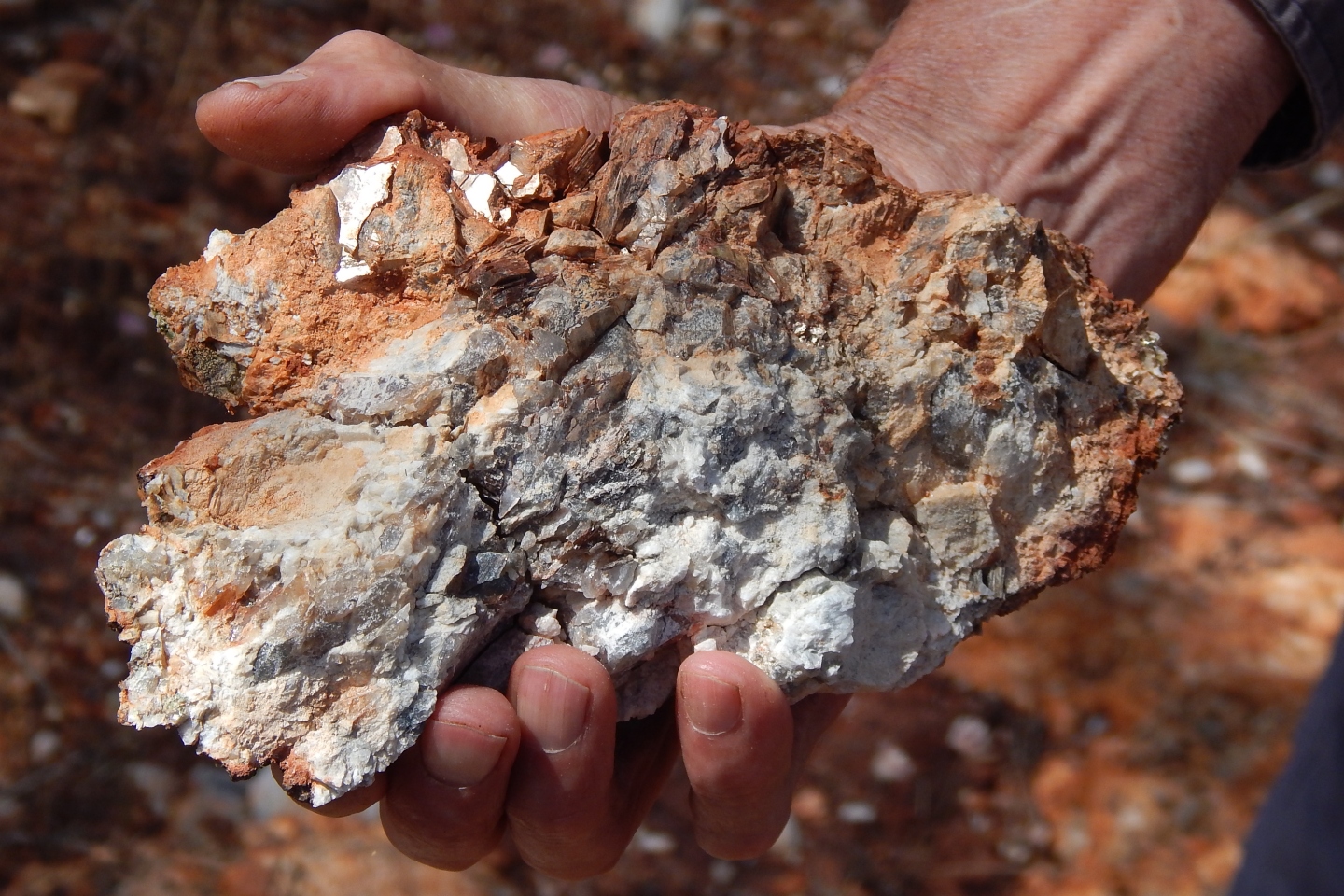WA explorer Terrain Minerals has extended an induced polarisation survey at its Smokebush project in the State’s Mid West region after its initial scrutiny picked up a third hidden target that has more than whetted its interest. Key permits have already been granted, with drill rig quotes also received, and Terrain hopes to get the drill bit spinning by the end of next month.


Terrain Minerals has extended an induced polarisation (IP) survey at its wholly-owned Smokebush gold and lithium project in Western Australia’s Mid West region after its initial scrutiny picked up a third hidden target that has more than whetted its interest.
As a result, the IP survey will be extended for another fortnight at the company’s Paradise City, Hurley and Monza prospects, in addition to other areas, and Terrain has moved quickly to drill-test its latest discoveries.
Key permits have already been granted, with drill rig quotes also received, and management says it will test its newly-identified gold targets – and any others targets that the expanded survey might pick up – as soon as possible. The hope is to get the drill bit spinning before the end of next month.
Terrain announced in March that its IP survey had unearthed two new priority targets, both hidden and close to historic gold drilling intersections. A 400m-long IP anomaly was discovered at Hurley, in addition to a 600m-long anomaly near Paradise City, where previous drill results include 3m at 2.17 grams per tonne gold from 10m.
The new third target at Smokebush sits just north of two previously successful drill campaigns at Monza. The theory being pursued by the company is that the historic drilling struck gold mineralisation in a “halo” zone, away from the newly-identified IP anomalies. Terrain’s hope now is that it can find a “mother lode”.
Intriguingly, there is a healthy dose of nearology in the mix, too.
Smokebush is about 350km north of Perth and 65km west of Paynes Find. More relevant is that the project sits on the Yalgoo greenstone belt that plays host to the Golden Grove copper-zinc mine, the Deflector gold mine and the Minjar gold operation – plus Mt Mulgine with its 259-million-tonne resource containing 1 million ounces of gold, 44 million ounces of silver and 290,000 tonnes of tungsten oxide, plus molybdenum and copper.
Terrain has been systematically exploring Smokebush since it entered a farm-in joint venture in 2019. In August the following year, the company conducted a successful maiden RC drill program, guided by historic drilling. The second phase of that campaign extended the discovered gold mineralisation to 700m long and also identified a new zone, Monza North, that appears to sit on a different orientation.
The company became the sole owner of the Smokebush tenements last December when it mopped up the outstanding 20 per cent interest from a private vendor and it has since pressed on with its exploration activities. The IP survey was launched in February this year in conjunction with a soil-sampling program at the company’s Larin’s Lane prospect.
Moreover, gold is not the only mineral of interest at Smokebush. The project could also become a lithium play with more than 15 pegmatites, from 5m to 30m wide and up to 200m long and then going under cover, identified to date.
The company has already announced it is preparing to drill those pegmatites, subject to sample results identifying lithium mineralisation, and any such drill campaign could be linked to its intensified gold search.
Adding lithium to its mix is a path taken by many a WA gold explorer in recent years. Terrain will be eagerly awaiting results on its samples already being analysed to see if they support the company embarking on the same path at Smokebush.
Is your ASX-listed company doing something interesting? Contact: matt.birney@businessnews.com.au













